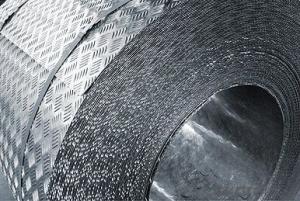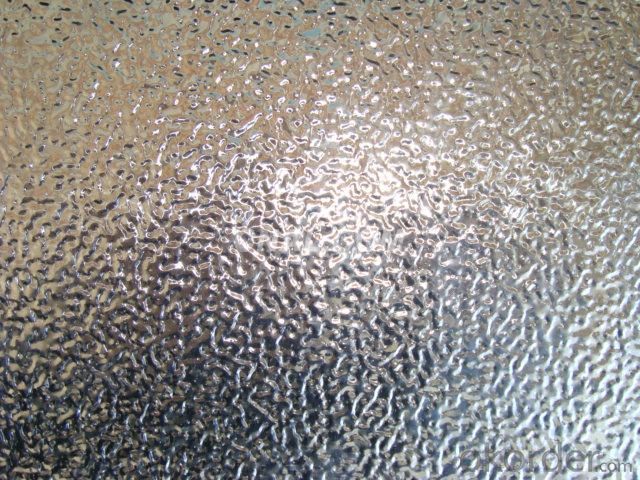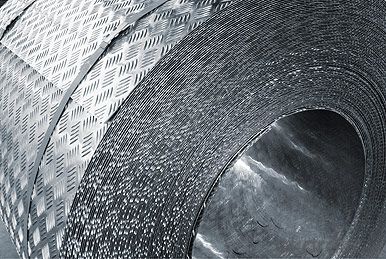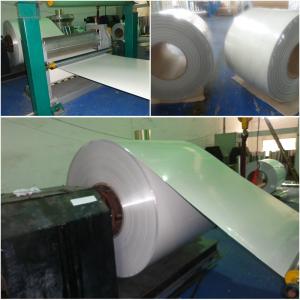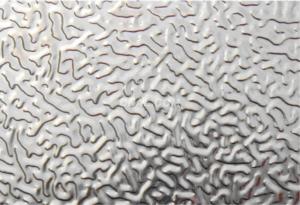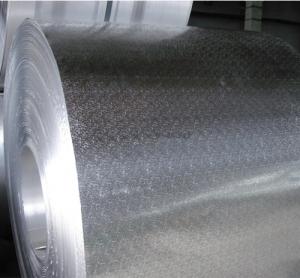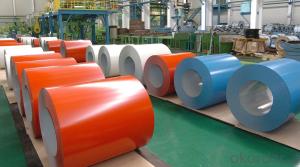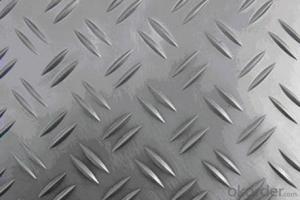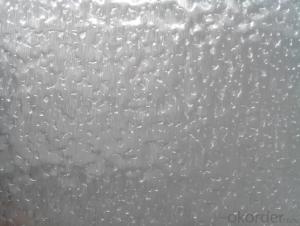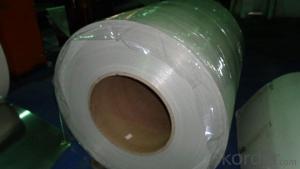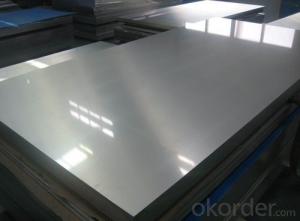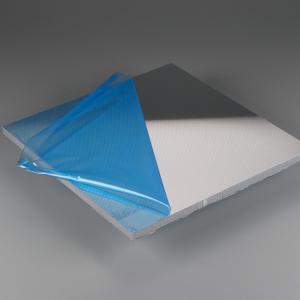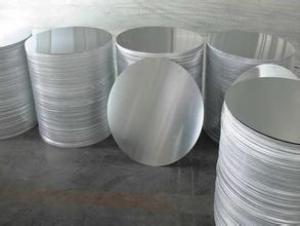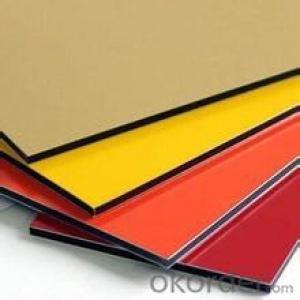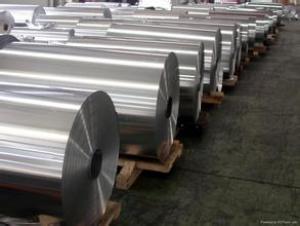Wide Aluminum Foil Sheets - Coated Aluminum Stucco Embossed Sheet/Coil
- Loading Port:
- Shanghai
- Payment Terms:
- TT OR LC
- Min Order Qty:
- 5 m.t
- Supply Capability:
- 5000 m.t/month
OKorder Service Pledge
Quality Product, Order Online Tracking, Timely Delivery
OKorder Financial Service
Credit Rating, Credit Services, Credit Purchasing
You Might Also Like
Specifications
coated aluminum stucco embossed sheet
1.flat, cleaned, bright no oil stain
2.using in bus, cars and shipping vessel as the
1.Features for coated aluminum stucco embossed sheet :
1) Alloy: AA1050, AA1060, AA1070, AA3003
2) Temper: H14, H16, H18, H24, H26, H28, H34, H36, H38
3) Thickness: 1.20mm - 5.00mm
4) Width: 1000 ~ 1250mm
5) Length of sheet: 1000mm ~ 4000mm
Packing for coated aluminum stucco embossed sheet
Covering with plastic film and brown paper and then packed with wooden
package, directly loading into container for transshipment.
Good elongation anticorrosion
Dimensions can be produced depend on customise
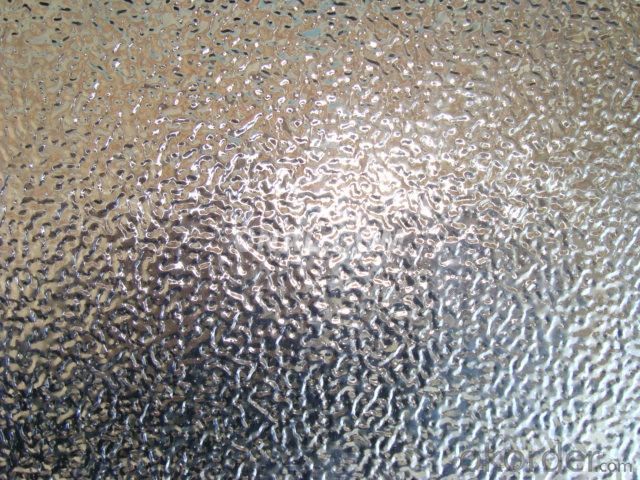
- Q: How can I make aluminum oxide?
- Visit this link: okorder ... Hope it's useful to you!
- Q: When zinc dust and sulfur dust are combined in certain proportional ratios and ignited, a violent exothermic reaction occurs. Because the reaction only depends on two components; zinc and sulfur, but not oxygen, the reaction has all of the components that it needs within the mixture. The same is also true for a mixture of magnesium and sulfur.However, the same reaction does not occur with iron and sulfur. Instead, the mixture reacts slowly over a period of a few minutes rather than flashing to smoke in less than a second. Now for my questions:1: If aluminum and sulfur were combined in the same proportional ratios as the zinc and the magnesium mixtures were, would the reaction be as fast as the zinc and the magnesium mixtures? Why or why not?2: What properties of the different metals used in these mixtures makes them behave so differently?
- the forged iron crucible will honestly be dragging the warmth away,so attempt to discover a ceramic crucible---you will possibly have the potential to discover them at any rings furnish domicile.you will additionally so discover commercially arranged fluxes for melting,if no longer Borax powder is a fluxing agent I generally use.With the small quantity of meral you're wishing to soften,i think of your MAPP torch ought to artwork,be confident to change the flame to a lowering flame to steer clear of gassing the metallic.the availability domicile RIOGRANDE has an entire inventory of something you are able to require besides as some preprepared alloys which you will choose to objective.
- Q: Are aluminum sheets suitable for electrical bus bars?
- Yes, aluminum sheets are suitable for electrical bus bars. Aluminum is a lightweight and cost-effective material that exhibits good electrical conductivity. It is commonly used in various electrical applications, including bus bars, due to its ability to efficiently carry high electrical currents while dissipating heat effectively.
- Q: Are aluminum sheets lightweight?
- Yes, aluminum sheets are lightweight. Aluminum is known for its low density, making it a popular choice for applications where weight is a concern. Compared to other metals like steel, aluminum is significantly lighter, which makes it easier to handle and transport. Despite its lightweight nature, aluminum sheets are still strong and durable, making them suitable for a wide range of uses such as in the aerospace industry, automotive manufacturing, construction, and packaging.
- Q: Can aluminum sheets be used for decorative panels?
- Yes, aluminum sheets can be used for decorative panels. Aluminum is a versatile and lightweight material that can be easily shaped, cut, and formed into various designs and patterns. It offers a sleek and modern appearance, making it a popular choice for decorative applications in both residential and commercial settings. Aluminum panels can be used for a wide range of purposes, including wall cladding, ceiling panels, room dividers, signage, and more. Additionally, aluminum is resistant to corrosion and weathering, making it suitable for both indoor and outdoor use. Furthermore, aluminum panels can be customized with different finishes, such as powder coating or anodizing, to enhance their visual appeal. Overall, aluminum sheets are an excellent choice for creating decorative panels due to their aesthetic appeal, durability, and versatility.
- Q: What are the various types of insulation materials that can be combined with aluminum sheets for thermal or acoustic insulation purposes?
- <p>There are several types of insulation that can be used in conjunction with aluminum sheets, including: 1. Polyurethane foam, which provides excellent thermal insulation and can be bonded to aluminum sheets. 2. Mineral wool, a fire-resistant material that offers both thermal and acoustic insulation. 3. Polyisocyanurate, known for its high R-value and can be laminated to aluminum for added strength. 4. Extruded polystyrene, which is lightweight and provides good thermal resistance. 5. Fiberglass, a versatile insulation material that can be combined with aluminum for various applications. Each type has its specific properties and applications, making them suitable for different environments and insulation needs.</p>
- Q: How do aluminum plates drill?
- There are many drilling equipment for aluminium sheets,First, the engraving machine can be big or small, and can shape strange.
- Q: Is it possible to use aluminum sheets as a material for the exterior walls of residential buildings?
- <p>Yes, aluminum sheets can be used for exterior walls in residential buildings. They offer several advantages such as durability, resistance to weather and corrosion, and low maintenance. Aluminum is lightweight, which can reduce structural load, and it can be easily shaped and installed. Additionally, it has good thermal performance and can be combined with insulation for energy efficiency. However, it's important to consider the aesthetic appeal, as aluminum may not match the traditional look of some residential buildings, and ensure it meets local building codes and standards.</p>
- Q: This question asks about the influence of aluminum sheets on the thermal insulation properties of a building.
- <p>Aluminum sheets, due to their high thermal conductivity, can actually reduce the insulation of a building if not properly used. They can conduct heat quickly, which means that they may transfer heat from the outside to the inside or vice versa, depending on the temperature difference. This can lead to increased energy consumption for heating or cooling. However, when used as a reflective barrier in combination with proper insulation materials, aluminum sheets can help reflect heat and improve insulation by reducing heat transfer. It's crucial to use aluminum sheets correctly and in conjunction with other insulating materials to achieve optimal thermal performance in buildings.</p>
- Q: Are the aluminum sheets suitable for manufacturing heat exchangers?
- Yes, aluminum sheets are suitable for manufacturing heat exchangers due to their excellent thermal conductivity, lightweight nature, and corrosion resistance.
Send your message to us
Wide Aluminum Foil Sheets - Coated Aluminum Stucco Embossed Sheet/Coil
- Loading Port:
- Shanghai
- Payment Terms:
- TT OR LC
- Min Order Qty:
- 5 m.t
- Supply Capability:
- 5000 m.t/month
OKorder Service Pledge
Quality Product, Order Online Tracking, Timely Delivery
OKorder Financial Service
Credit Rating, Credit Services, Credit Purchasing
Similar products
Hot products
Hot Searches
Related keywords

